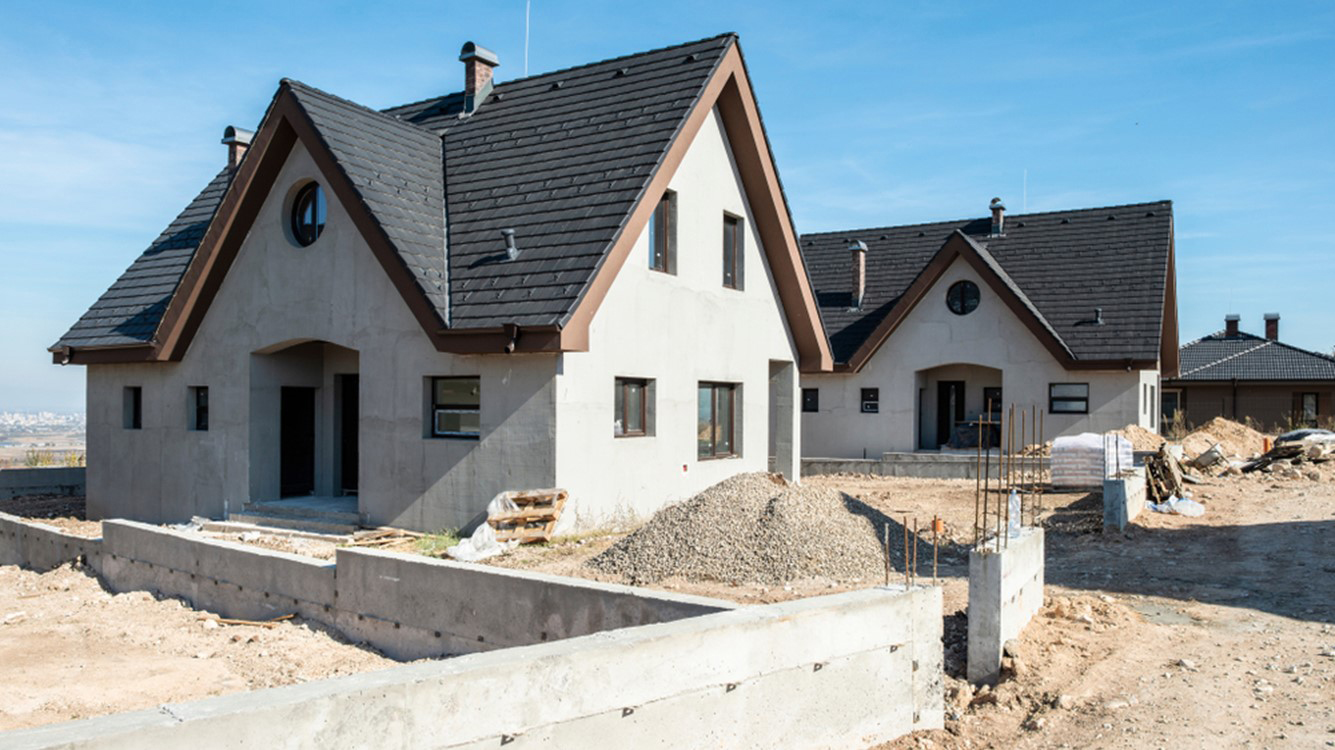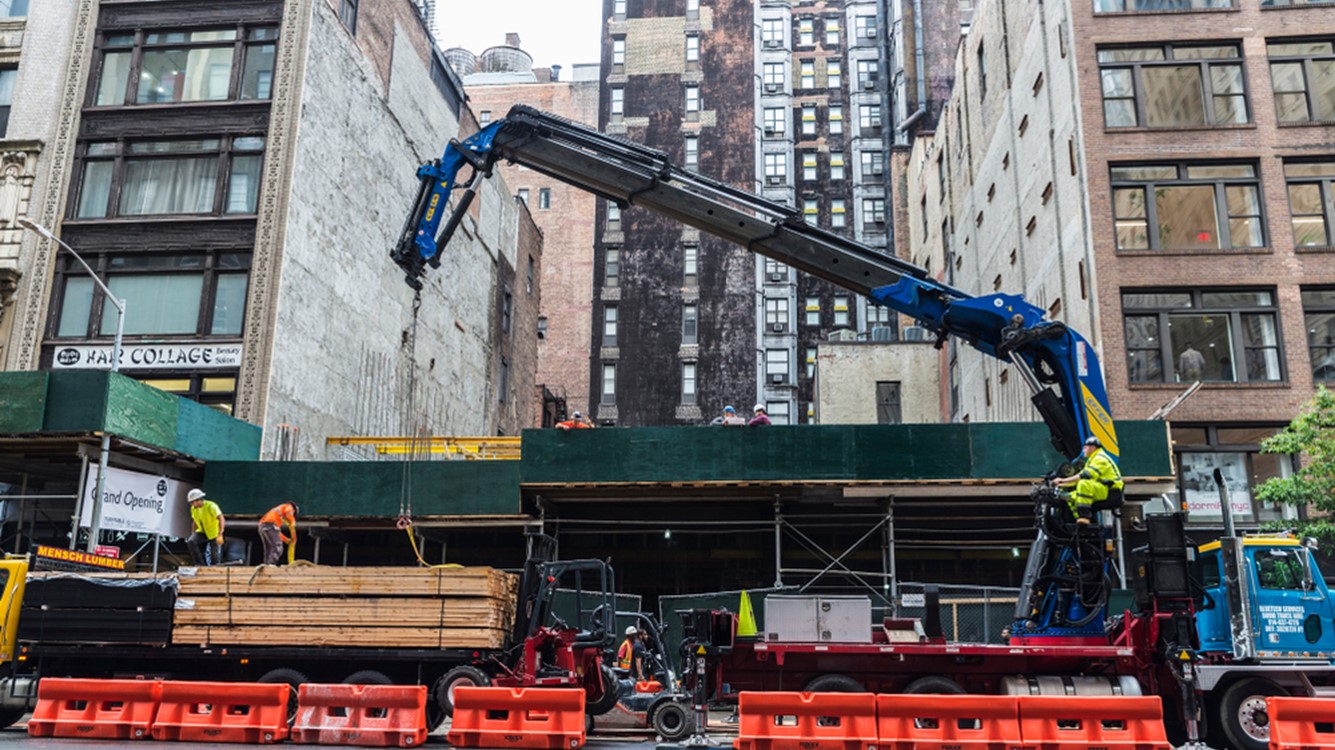Housing starts hit 6-month high
Supply of newly built homes available for sale has gained a larger share of the market.

December 19, 2023
New home construction, also known as housing starts, soared 14.8% in November from October’s downwardly revised figures. Both single and multifamily starts were stronger during the month. Compared to a year ago, starts were 9.3% higher, driven by a boost in single-family starts. Low supply in the resale market, coupled with meaningful declines in the 30-year fixed mortgage rate, provide a tailwind for builders as we enter the new year. Unusually dry weather likely added to the momentum in single-family starts; gains in the Midwest and Northeast, where weather conditions were driest, jumped the most.
Single-family starts hit above the one million mark for the first time since May; starts hit a level of 1.14 million in November. Strength in single-family construction was broad-based, except in the West. Stronger starts signal more supply will be available in 2024.
Supply of newly built homes available for sale has gained a larger share of the market as the supply of resale homes has remained constrained. Most homeowners either own their homes outright or have a sub-5% mortgage, keeping them frozen in place. Builders are more flexible, able to offer incentives to get homes sold quicker.
Multifamily starts with five units or more rose 8.9% in November to the highest level since July but remain 33.7% below year-ago levels. Units currently under construction hit a record high for the series in July and remain close to the one million mark in November. As more of those projects are completed, builders have pivoted to the single-family market to meet strong demand for those homes. Rents have fallen in regions where more supply is available, providing reprieve for renters.
Building permits, which signal future construction activity, ticked down 2.5% in November on weaker multifamily permits. Single-family permits were up 0.7% in the month and have been positive since February. Single-family permits are 22.8% stronger than a year ago, with all regions seeing higher activity compared to this time last year. More housing supply is in the pipeline for 2024 but will not be enough to meet demand from millennials as they enter their prime homebuying years. This will keep a floor under home prices even as mortgage rates continue to drift lower.
Separately, home builder sentiment ticked up slightly in December after declining for four consecutive months. Sentiment remains in contractionary territory, but builders have become more optimistic about sales strengthening next year. Foot traffic has increased slightly as well. This is due to recent declines in the 30-year fixed mortgage rate, which hit below 7% for the first time since August in mid-December. Builders have been offering mortgage rate buydowns to help cushion the blow of higher rates on home buyers; a lower mortgage rate will help builders’ margins, too.
There is a speed limit to how quickly builders can meet burgeoning demand.
Yelena Maleyev, KPMG Senior Economist
Bottom Line:
Single-family home completions fell slightly in November as builders still face hurdles to ramping up construction, especially from labor shortages. There is a speed limit to how quickly builders can meet burgeoning demand, which means we will not see the housing supply gap closed in 2024, even as mortgage rates continue to fall.
Explore more

Mixed forecast for housing starts
Signs of cooling inflation could stimulate demand.

KPMG Economics
A source for unbiased economic intelligence to help improve strategic decision-making.

Construction spending chalked up gains in October
The strength came from single-family home construction.
Meet our team

Subscribe to insights from KPMG Economics
KPMG Economics distributes a wide selection of insight and analysis to help businesses make informed decisions.
